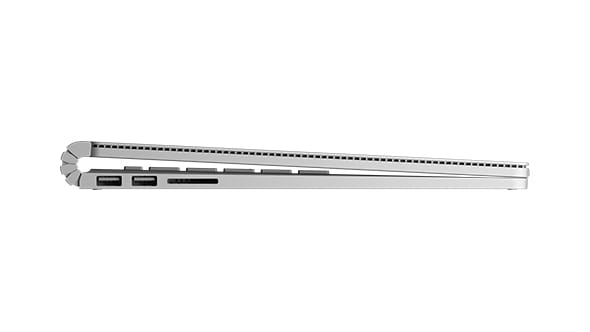‘Why can’t I use the WiFi in the boardroom to get my work done?’ I get this question at least once a week. The simple fact of the matter is that WiFi was designed as a solution to the problem of drilling holes in marble floors. Technology like this is wonderfully convenient – but seriously lacking in real world performance for medium to heavy use tasks. The name for the technology may have changed from B to G, N to AC over the years but it is still inherently the same ethereal signal.
Clients such as mine are used to stable office environments that can perform through the worst of user errors. WiFi still remains the bane of my existence in answering questions and complaints. Even with the best of off the shelf technology today, you still don’t even get half of what a cable can do reliably. The average in this round up (albeit these are consumer grade devices) is about 17MB/s to a max of 60MB/s variable. You will want to note upper case on the second letter – MegaBytes per second. WiFi advocates like to measure in Mb/s which is an aggravating metric for users that interact with a PC that reports all data transfer speeds in MB/s. Eight bits in a Byte people.
Why would I get so riled up about WiFi performance? On a bad day, awful configuration and a slow disk at either end of the transfer wired performance hits about 30-50MB/s sustained. Average around my office, home and clients work place is 110MB/s. Peak performance in perfect environments is up to 140MB/s. These metrics come from run of the mill devices too – nothing that costs a fortune to buy. Another important point to note from the article is the real world aspect of all their tests. Everyone’s house and set up will be different. The faster the WiFi technology – the smaller the wavelength. That means a significant performance drop for every wall or object you have to travel through.
All of this to say that they are not bad devices. Quite the opposite – each of them has some really neat features and their performance of their predecessors technology is vastly improved. The big point to take away here is that WiFi is not meant to replace a wire. It is a tool of convenience for simple tasks – web browsing, occasional data transfer between devices, gaming, streaming video. So when IT rolls their eyes about using the WiFi around the office to get anything important done; or supplies a lame excuse as to why they don’t want to discuss it with you – remember that getting the job done right will require a wire.




About The Author: Browningit
More posts by browningit